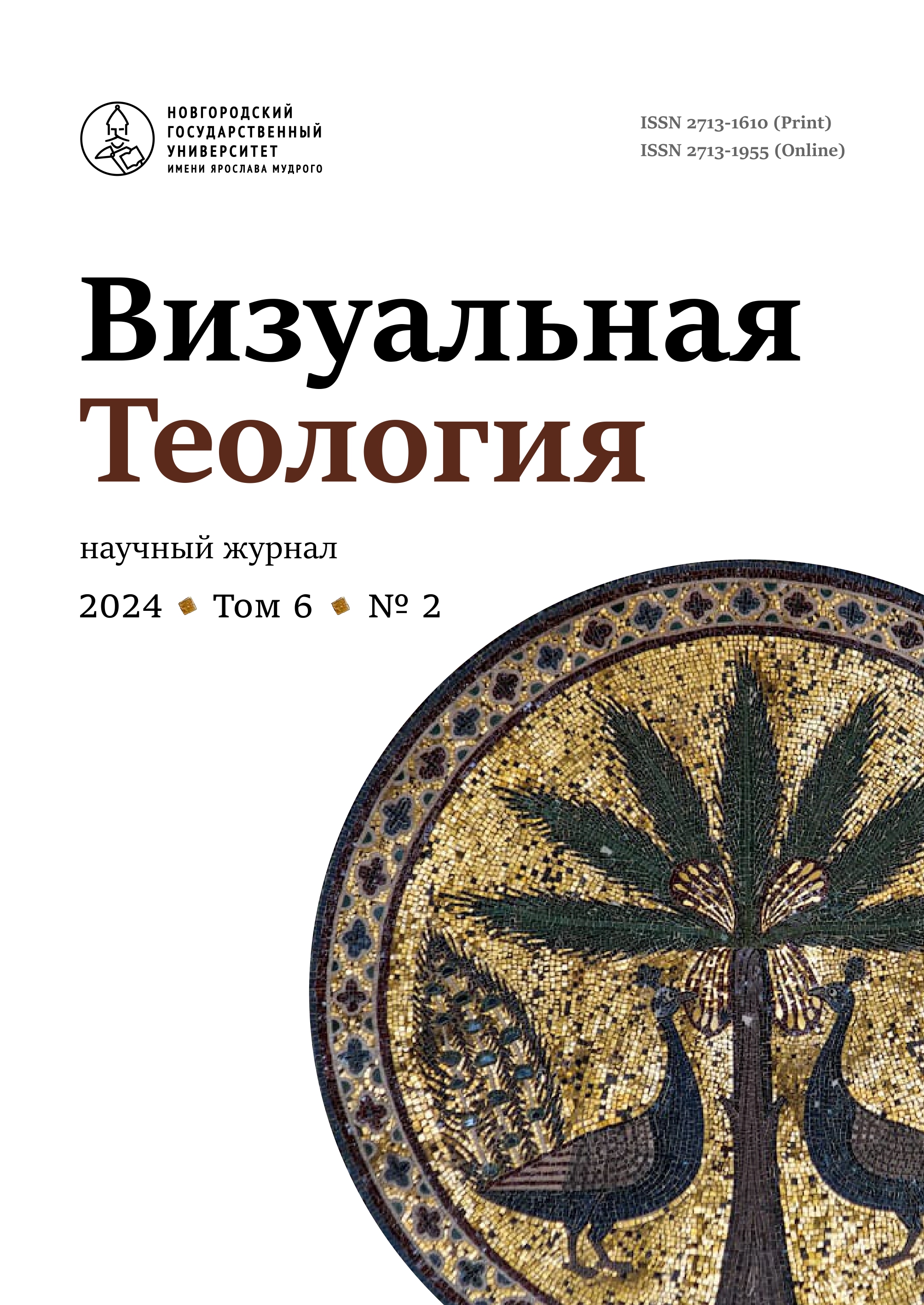Images of Medieval Rus’ in Book Miniature: To Understand and To See
Abstract
The article deals with the interpretation of miniatures in illustrated medieval chronicles. Two case studies are taken as examples: Radziwill Chronicle of the late 15th century illuminated with miniatures that still preserve archaic features of original drawings, and the Illustrated Chronicle of Ivan the Terrible of the 16th century. These monuments contain important material exemplifying the theme of Russia and evincing the singularity of their artistic language and drawing techniques. To better interpret those miniatures, we proceed from the fundamentals of Christian worldview to the function of images in Middle Ages. The artist-drawer was well aware of Christian cosmology. His world consisted of an infinite and invisible ‘Heaven’ and a limited in space ‘Earth' where historical events unfolded, being depicted in a narrow horizontal band, commenting historical events closely to the text. At the same time, the artist used traditional graphic tools to create images laden with recognizable connotations. Visual images did not so much depict a topic or an object to be illustrated, but rather conveyed their typological features. Further evolution of the artistic language of fine arts during the Late Middle Ages is evidenced in the miniatures of the Illustrated Chronicle of Ivan the Terrible. In the course of time the narrative aspect of book miniatures has matured, strengthening their function as information sources in their own rights within the overall composition of the book and saturating it with suggestive details, thus truly portraying the events instead of just indicating or signifying.



